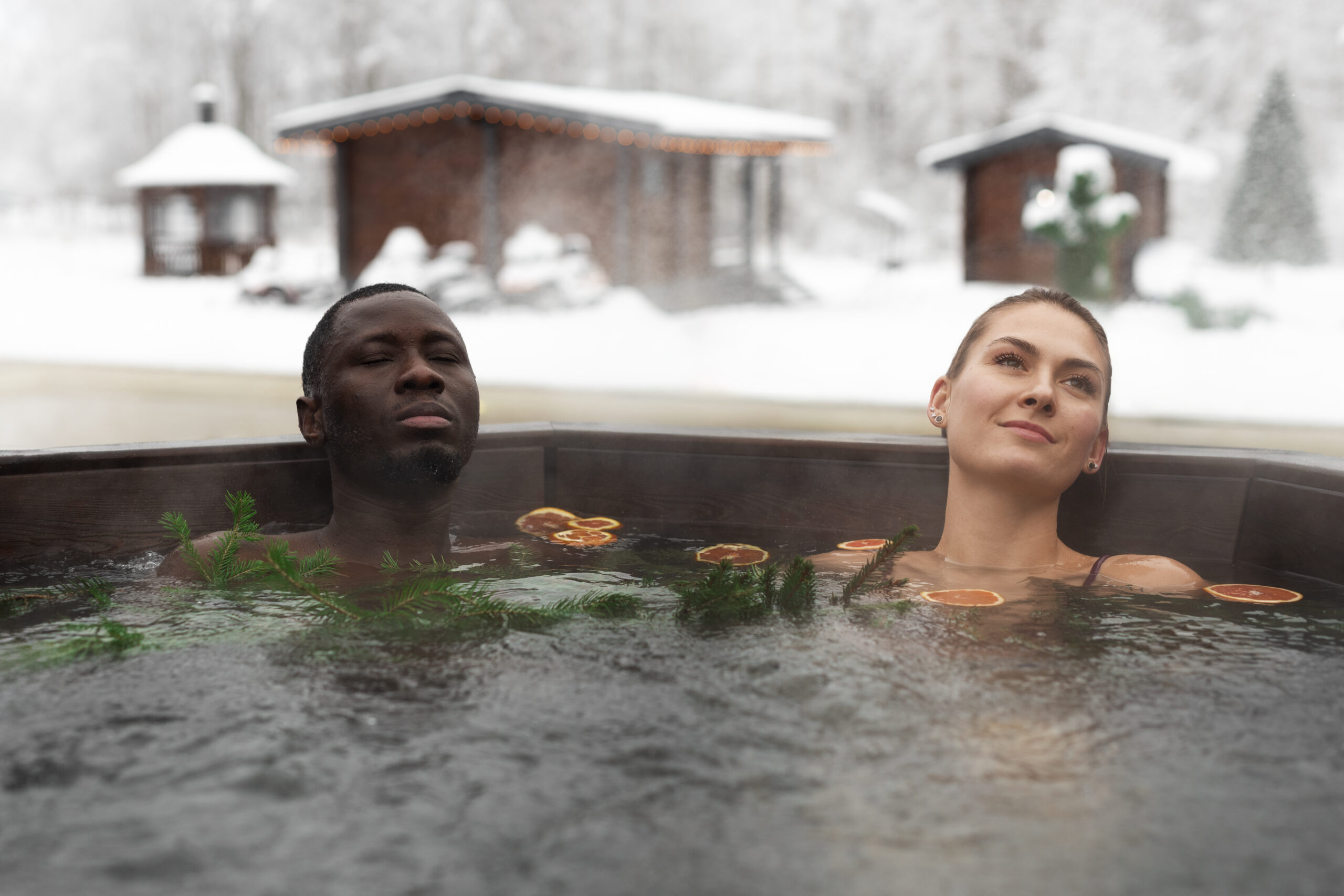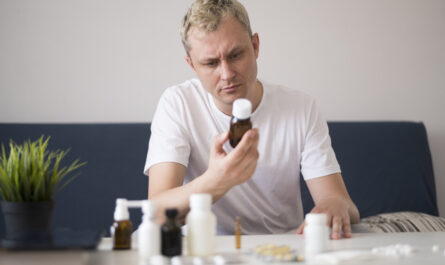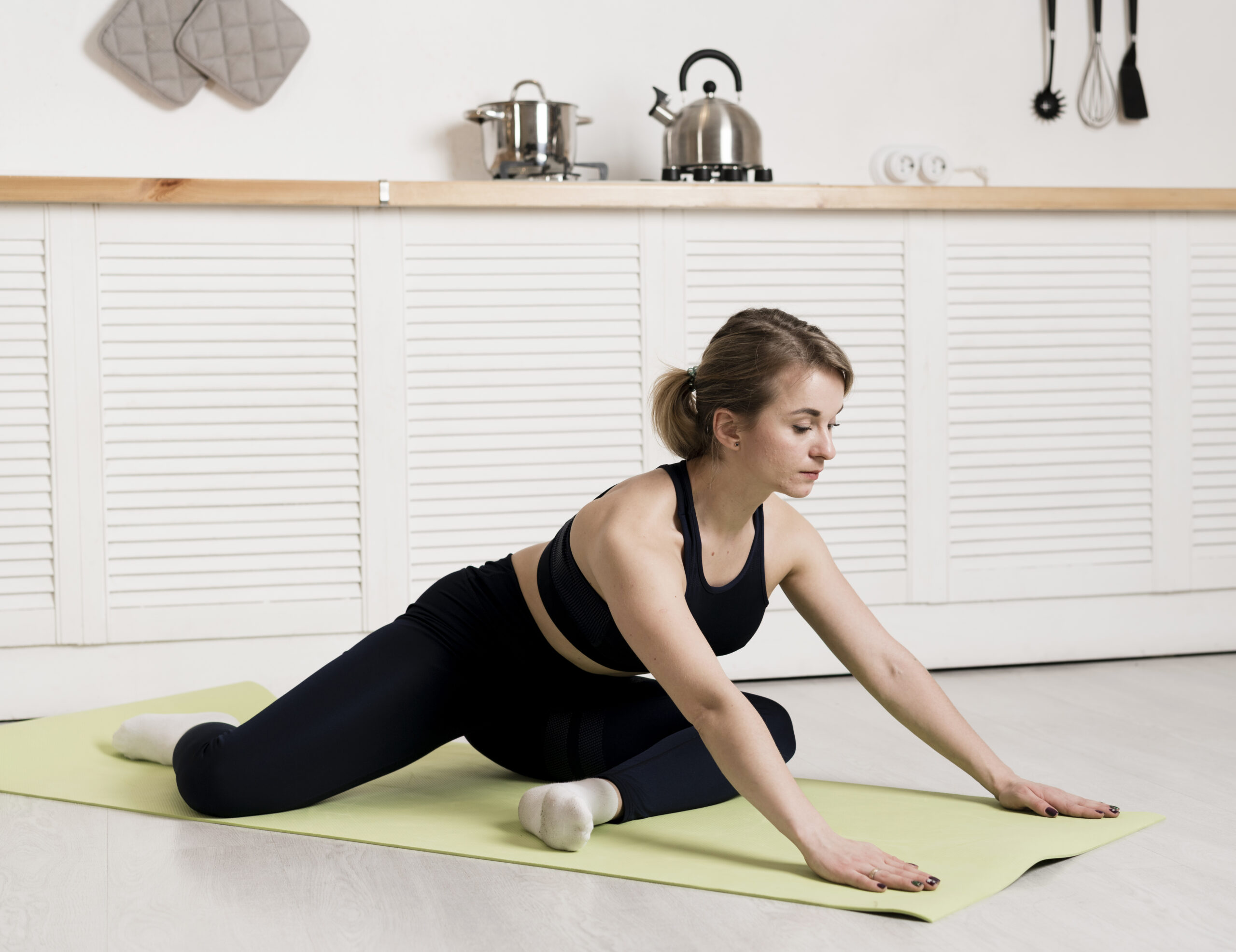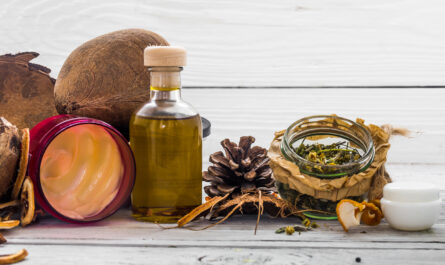Introduction
Muscle cramps are a common issue among athletes, fitness enthusiasts, and even individuals with sedentary lifestyles. These painful involuntary contractions can be caused by dehydration, electrolyte imbalances, overuse, or muscle fatigue. One widely debated recovery method for muscle cramps is cold water therapy, specifically ice baths. Ice baths have long been used to reduce muscle soreness and inflammation, but do they help with cramps? In this article, we will explore the science behind ice baths, their benefits, and their effectiveness in preventing or relieving muscle cramps.
Understanding Muscle Cramps
Muscle cramps occur when muscle fibers contract involuntarily and fail to relax. While they are commonly associated with exercise, they can also happen due to dehydration, poor circulation, or neurological conditions. Some of the key causes include:
- Dehydration and Electrolyte Imbalance – Low levels of sodium, potassium, calcium, or magnesium can lead to muscle dysfunction.
- Overuse and Fatigue – Muscles that are overworked or fatigued may cramp due to an accumulation of lactic acid and lack of proper recovery.
- Poor Circulation – Reduced blood flow to certain muscles can trigger cramps, particularly in cold conditions.
- Nerve Compression – Spinal issues or nerve damage may lead to cramping in specific muscle groups.
- Medications and Medical Conditions – Certain medications, such as diuretics, or conditions like diabetes, can increase the likelihood of cramps.
Understanding the root cause of cramps is crucial in determining the best treatment approach, including whether cold water therapy is beneficial.
What Is Cold Water Therapy?
Cold water therapy involves exposing the body to cold temperatures, typically through ice baths, cold showers, or cryotherapy chambers. Ice baths, also known as cold water immersion (CWI), require submerging the body in water at temperatures between 50°F (10°C) and 59°F (15°C) for a period of 10 to 15 minutes. The primary goal is to reduce inflammation, numb pain, and promote recovery.
Benefits of Ice Baths
- Reduces Inflammation – Cold exposure constricts blood vessels, limiting the buildup of inflammation and swelling.
- Minimizes Muscle Soreness – Studies suggest that cold water immersion can reduce delayed onset muscle soreness (DOMS) after intense workouts.
- Enhances Circulation – Upon exiting an ice bath, blood flow increases as vessels dilate, helping in nutrient and oxygen delivery to muscles.
- Numbs Pain – The cold temperature numbs nerve endings, temporarily reducing the sensation of pain.
- Boosts Recovery – Many athletes use ice baths as part of a post-exercise recovery routine to speed up muscle healing.
Do Ice Baths Help with Muscle Cramps?
While ice baths are effective in reducing inflammation and soreness, their role in preventing or alleviating muscle cramps is still under debate. What studies and professional opinions indicate is as follows:
Potential Benefits of Ice Baths for Cramps
- Pain Relief – Since ice baths numb pain receptors, they can provide temporary relief from cramping sensations.
- Reduces Swelling and Fatigue – If cramps are caused by muscle fatigue or overuse, reducing swelling and promoting recovery through cold therapy may be beneficial.
- Enhances Muscle Function – By reducing inflammation and improving circulation post-immersion, ice baths may contribute to muscle relaxation and recovery.
Limitations and Concerns
- Does Not Address Root Causes – Ice baths do not correct dehydration, electrolyte imbalances, or nerve-related cramping issues.
- May Worsen Circulation-Related Cramps – For individuals prone to cramps due to poor circulation, the cold can further constrict blood flow, exacerbating the issue.
- No Direct Evidence for Cramp Prevention – Research has not conclusively proven that ice baths prevent muscle cramps, unlike hydration and proper warm-ups.
Alternatives to Ice Baths for Cramp Prevention and Relief
If ice baths do not provide significant relief from muscle cramps, other methods may be more effective:
1. Hydration and Electrolyte Balance
- Drink sufficient water before, during, and after exercise.
- Consume foods rich in potassium (bananas, oranges), calcium (dairy, leafy greens), and magnesium (nuts, seeds).
- Consider electrolyte drinks if sweating excessively.
2. Proper Warm-Up and Stretching
- Always warm up before engaging in physical activity.
- Stretch major muscle groups to improve flexibility and prevent tightness.
3. Massage and Foam Rolling
- Massaging cramped muscles can increase blood flow and encourage relaxation.
- Foam rolling helps break up muscle knots and prevent stiffness.
4. Heat Therapy
- Applying heat to cramped muscles can increase blood circulation and promote relaxation.
- A warm bath or heating pad may be more effective than an ice bath for some types of cramps.
5. Magnesium Supplements
- Studies suggest that magnesium deficiency may contribute to cramps.
- Taking magnesium supplements or consuming magnesium-rich foods can help reduce cramping episodes.
Conclusion: Are Ice Baths the Right Choice for Muscle Cramps?
Ice baths have well-documented benefits for reducing inflammation, soreness, and pain, but their effectiveness in treating muscle cramps remains inconclusive. While they may provide temporary relief from cramping due to fatigue, they do not address underlying causes such as dehydration, electrolyte imbalance, or nerve issues. For individuals experiencing frequent cramps, focusing on hydration, stretching, and proper muscle recovery techniques may be more beneficial than cold water immersion.
Ultimately, whether ice baths help with cramps depends on the individual and the specific cause of their muscle cramps. If using ice baths as part of a recovery routine, it is advisable to combine them with other proven cramp-prevention strategies for the best results.
Final Thoughts
If you suffer from muscle cramps regularly, experimenting with different recovery techniques can help identify what works best for your body. While ice baths may not be a cure-all for cramps, they can be a valuable tool for overall muscle recovery and pain management. Consulting with a healthcare professional or sports therapist can also help tailor a recovery plan that suits your needs. Whether you choose ice baths or other methods, prioritizing muscle health and proper recovery practices will help you stay active and pain-free.



